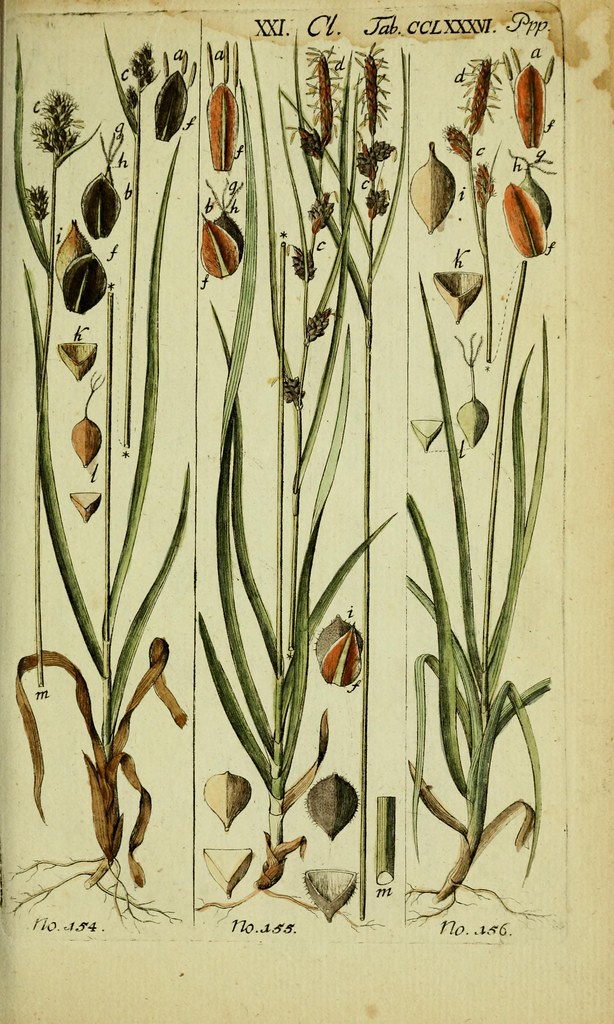#dioecious
Text


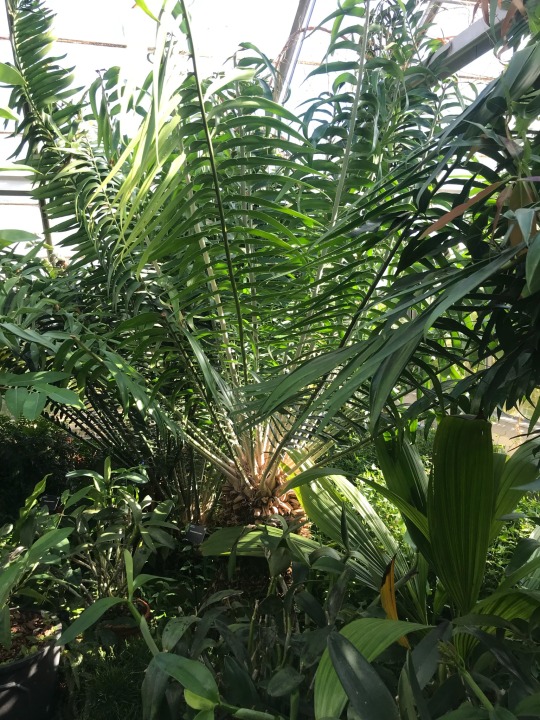
Plant of the Day
Thursday 19 January 2023
Endemic to southern Malawi and Mozambique Encephalartos gratus (cycad) can be found growing in wet forests, ravines and open savanna. The plants are dioecious (separate female and male plants) with orange-brown female cones and green cones with flecks of brown on the scales for male cones.
Jill Raggett
#Encephalartos#cycad#dioecious#foliage#tropicalglasshouse#glasshouse#plants#horticulture#botanicgarden#cambridgebotanicgarden#cambridge
88 notes
·
View notes
Text
Winter Trees and Shrubs: Kentucky Coffeetree
A few years ago, I was on the hunt for a Kentucky coffeetree. I was aware that a few could be found in some of the parks around Boise, but not being familiar with them, I wasn’t sure where exactly to find one or what I was even looking for. One winter while riding my bike to work, I noticed a tree at the edge of a golf course. No doubt I had passed this tree hundreds (if not thousands) of times.…

View On WordPress
#bark#Botany#buds#dioecious#ethnobotany#Fabaceae#fall color#fall foliage#fruits#Gymnocladus dioicus#horticulture#Kentucky coffeetree#leaf scars#leaves#legumes#plant identification#seasonal interest#seeds#Trees#winter#winter interest#winter twigs
15 notes
·
View notes
Photo
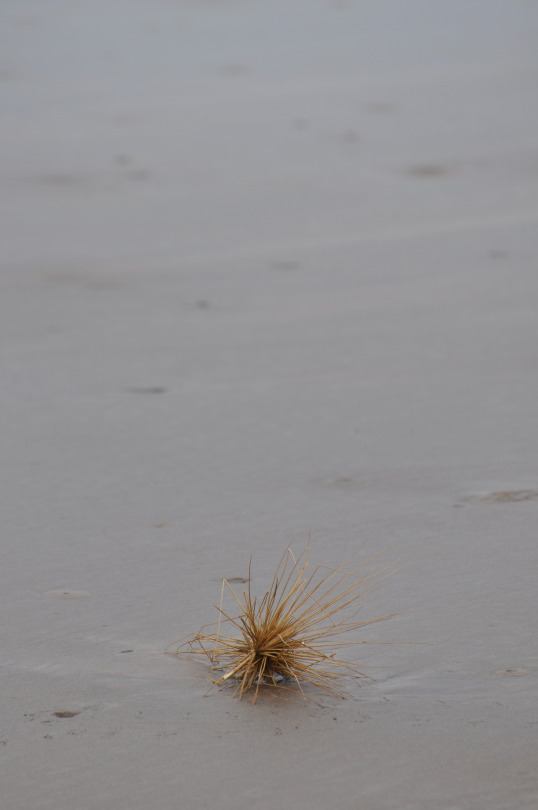
The Infructescence - the globose “wind ball” or seed ball - of the sand dune inhabiting Spinifex littoreus, probably the second most successful beach plant after Ipomoea pes-caprae, in terms of the pervasiveness of its colonization of the tropical coastline, an achievement all the more remarkable considering that it DOES NOT use insects either for its pollination or its seed dispersal, relying EXCLUSIVELY on the wind for both functions - it a dioecious, anemophilous species.
Machilipatnam Beach, July 19, 2019. Andhra Pradesh.
#anemophilous#dioecious#spinifex#spinifex littoreus#infructescence#wind ball#wind pollination#plant colonization#sand dune#colonization#tropical#coastline#wind dispersal#entomophily#anemophily#machilipatnam#beach#seashore#wind#plant ecology#Coastal Andhra#andhra pradesh
2 notes
·
View notes
Text
Baichi (Flacourtia indica) Morpho-physiological Characteristics and Yield

Abstract
An investigation was undertaken to evaluate the various morpho–physiological traits and yield contributing characters of baichi germplasms (GP) at Patuakhali Science and Technology University (PSTU). A number of baichi seedlings collected from different homesteads of Patuakhali coast were conserved at PSTU Germplasm Centre. Among the five survived germplasms (GP₁˗GP₅), two were male (GP₂ and GP₄) and the remaining three were female (GP₁, GP₃ and GP₅). The longest leaf length (4.45cm) was exhibited in GP₄. Maximum leaf blade width (2.83cm) was observed in GP₅. Although all the studied germplasms flowered at age 7, however, flower bud initiation started in male plants during the first week of February and continued to the last week of March and in female plants, it was started during the second week of February and continued to the mid of March. Length of flower bud was noticed among female genotypes of GP₅ (4.67mm), GP1 (4.65mm) and GP3 (4.62mm). Importantly, the flowers were apetalous in both male and female cases of all five germplasms. The highest fruit set (74.83%) and the fruit retention (80.88%) were recorded in GP₃ while the lowest fruit set (69.51%) and fruit retention (77.16%) were noticed in GP1. GP₅ had the biggest individual fruit size (11.24mm × 12.10mm), maximum edible portion (78.57%) and the highest fruit yield (10.5kg/plant) while the lowest individual fruit weight (1.19 gm) and fruit yield (8.6 10.5kg/plant) were observed in GP3. Based on the morpho–physiological traits among the three fruiting plants it may conclude that GP₅ was superior over other fruiting plants in relation to fruit size, edible part, individual fruit weight and yield. Therefore, a performance grading of the three female plants on the basis of yield can be as follows: GP₅ > GP₁ > GP₃.

Introduction
Flacourtia indica belonging to the family Selicaceae is one of the underutilized indigenous fruits of Bangladesh. Its common name is governor’s plum. It is locally known as baichi or “kantabohori” that is believed to be native to much of Africa and tropical and temperate parts of Asia. Baichi is an erect, branched, more or less spiny shrub or small tree. This species is dioecious in nature. Baichi produces fruit that is eaten fresh and has a pleasant rather sour taste. The fruits make a good jelly with the seeds and skin being discarded (Tredgold, 1986). The fruit can be fermented to produce wine. Fruits are used as appetizing, diuretic, and digestive, in jaundice and enlarged spleen. Barks are used for the treatment of intermittent fever and are also believed to be effective for arthritis. Roots are used in nephritic colic and gum is used in cholera (Kirtikar and Basu, 1998, Nazneen et al., 2002). The leaves and roots are used in herbal medicine for treatment of snakebite. Most parts of the plant are used for cough, pneumonia, and bacterial throat infection. After child birth among the poor the seeds is grind to powder with turmeric and rubbed all over the body to prevent rheumatic pains from exposure to damp winds. Pharmacological investigation includes the assessment of antihistaminic activity of ethanolic leaf extract of baichi in experimental guinea pig model (Tyagi et al., 2011). Gum is administered along with other ingredients in cholera. The glistening leaves of baichi can be very attractive when the tree is planted as an ornamental. When closely planted, it forms a close impenetrable barrier that serves as a hedge; it tolerates frequent trimming.

People of Bangladesh are generally poorly nourished despite substantial increase of food production in the country over past few decades. Most people suffer from mal–nutrition and resultant diseases. Ceaseless effort is therefore needed to improve the nutritional status and to increase food security, particularly for the rural poor (FAO, 1992). If minor food crops are properly utilized; they may help to contribute in food security, nutrition, health, income generation and environmental services (Kunkel, 1984). Wild fruits add variations in diets improve the palatability of staple foods and provide essential vitamins, minerals, proteins, carbohydrates and fats. Wild fruits of Flacourtia jangomas add variations in diets improve the palatability of staple foods and provide protein (3.9%), carbohydrates (21%), vitamin C (218mg), calcium (175mg), potassium (158mg), phosphorous (147mg), iron (118), and magnesium (57mg) per 100 gm dry weight basis (Hossain et al., 2011; Baruah and Neog, 2016).
Sarker et al. (2015) reported a wide range of fruit diversity in Patuakhali coast of Bangladesh, of which most species were minor ones. Despite the many beneficial characteristics baichi is overlooked as a fruit plant and there is no organized orcharding and no recognized cultivars for this fruit crops. As a result baichi is in the verge of extinction. The main reasons for the under–utilization of germplasm, according to curators, scientists and other users of plant genetic resources, is the lack of adequate passport, characterization, and evaluation data; people cannot use genetic resources that lack essential information. Therefore, the accurate documentation of information about the origin, characterization, and performance of this germplasm is essential for effective conservation and use (Biodiversity, 2007). Considering the problem statements, the present study was undertaken with the objective to find out the morpho–physiologically improved baichi germplasm (s) with higher yield contributing traits.
Source : Baichi (Flacourtia indica) Morpho-physiological Characteristics and Yield | InformativeBD
0 notes
Photo
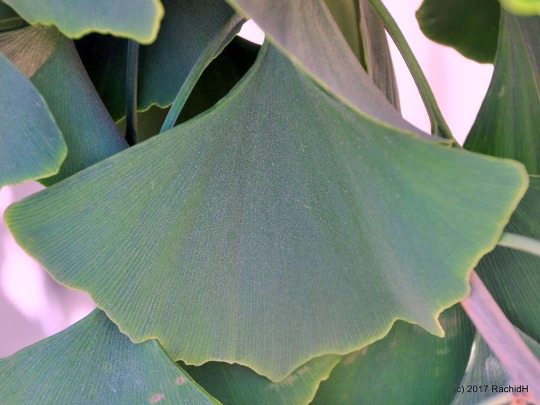
Ginkgo leaf.. it is a Fern Maidenhair Tree ~ Ginkgo biloba ~ Arbre aux quarante écus ~ San Francisco, California #Maidenhair #Tree #Fern #Ginkgo #Ginkgobiloba #Arbreauxquaranteécus #SanFrancisco #SF #SanFran #SFO #CA #California #Ginkgophyta #Fanshapedtreeleaves #Dioecious #macrophotography #MedicinalPlants #macros ~ https://www.flickr.com/photos/rachidh/albums (at San Francisco, California) https://www.instagram.com/p/Ch5bmM3Pius/?igshid=NGJjMDIxMWI=
#maidenhair#tree#fern#ginkgo#ginkgobiloba#arbreauxquaranteécus#sanfrancisco#sf#sanfran#sfo#ca#california#ginkgophyta#fanshapedtreeleaves#dioecious#macrophotography#medicinalplants#macros
1 note
·
View note
Video
n372_w1150 by Biodiversity Heritage Library
Via Flickr:
Beschreibung und Abbildung der theils bekannten, theils noch nicht beschriebenen Arten von Riedgräsern,. Wittenberg,1801-1806.. biodiversitylibrary.org/page/15462881
#Carex#Cyperaceae#Mertz Library#The New York Botanical Garden#bhl:page=15462881#dc:identifier=http://biodiversitylibrary.org/page/15462881#flickr#botanical illustration#scientific illustration#Carex dioica#carex capitata#carex pulicaris#Northern bog sedge#dioecious sedge#capitate sedge#flea sedge#sedge#sedges
1 note
·
View note
Text
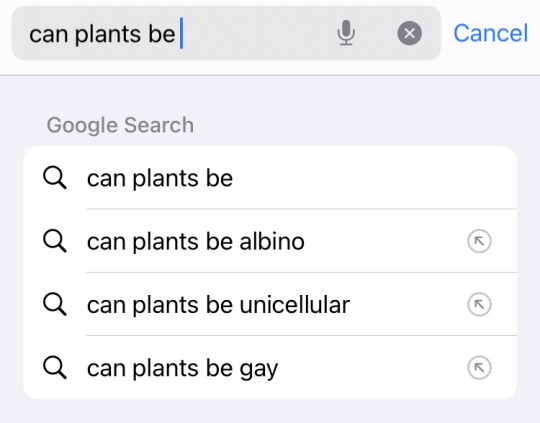
Laughing because I was looking up if plants can be trans (they can)
#kind of - only plants that are dioecious I think also depends on if you want to gender trees#learning about gymnosperms rn it’s very interesting
5 notes
·
View notes
Text
Been reading about various weird species (for character reasons) lately, and there’s a lot of species of invertebrate or plants that are dioecious/ have separate male and female organisms that you would never expect.
4K notes
·
View notes
Text
I must make an apology. Last Wet Beast Wednesday I declared that I was balancing out the vertebrate/invertebrate balance of this series. However, I realized that all the invertebrates I've covered have been arthropods. This is a grave misrepresentation of invertebrate diversity and I must make amends. Thus, this week we're returning to the no bone zone and talking about siphonophores.

(Image: a collage of different siphonophore species, sourced from Wikipedia)
Siphonophores are cnidarians: soft-bodies, radially symmetrical organisms that also include jellyfish, anemones, and corals. They are definitely amongst the weirdest of cnidarians. Most of them look like either a jellyfish or an anemone, but siphonophores run a whole gamut of shapes: from the jellyfish-like Portugese man-o-war to the vaguely comb jelly-like Praya dubia, to whatever the heck this thing is

It looks like a bunch of glass vases on a stick (image: Marrus orthocanna)
Their appearance is the least weird thing abut them. Siphonophores are colonial organisms. Each individual animal is composed of multiple smaller organisms called zooids. All zooids share the same DNA, but are specialized to perform different functions as determined by their morphology. Because each type of zooid is specialized to perform a single function, they are dependent on each other to survive and cannot exist alone. Cnidarians exist in two forms, which many will switch between during their life cycle: sessile polyps and mobile medusas. Siphonophores do this differently, with each zooid type being either a medusa of a polyp. Biologists have described multiple types of zooids found across many species of siphonophore. These include nectophores (used for propulsion), gastrozooids (used for digestion), palpons (used to regulate gastrovascular fluids), gonophores (used in reproduction), and pneumatophores (gas-filled floats only found in some species).

(image: a diagram of different zooid types. Source)
There are 175 known species of siphonophore. The majority of species are pelagic, remaining in open water their entires lives, though a few reside on the sea floor. While they do have some ability to direct their movements, like jellyfish, they are often pulled along by currents. The majority of species live in the deep sea and deep-sea species are often larger than shallow-sea species. Like their jellyfish and anemone relatives, siphonophores are predators who use tentacles to capture prey. Each tentacle is covered with stinging cells called nematocysts that fire venom-coated barbs into organisms that touch them. The prey is then pulled into gastrozooids and digested. Most species are capable of bioluminescence, which is likely used for defense. Some species also develop bioluminescent lures used to attract prey. Some siphonophore can get extremely large, with the species Praya dubia reaching u to 50 meters (160 ft), making it longer than a blue whale and possibly the longest animal in the world depending on how you measure the bootlace worm.

(image: a Praya dubia catching fish)
Siphonophores reproduce with varying methods, some of which are poorly-understood. A new colony usually begins form a single fertilized egg. This egg hatched into a single protozooid that then produces other zooids via budding. In many species, the protozooid will form a central stalk from which groups of other zooids will bud. Other species use polyps that can be ejected into the water carrying eggs and sperm which they use to fertilize themselves. In any case, special zooids called gonophores are used to make the gametes. Different species are either dioecious (each colony has either male or female gonophores) or monoecious (each colony contains both male and female gonophores.

(Image: a diagram of a siphonophore life cycle. Source)
Cnidarians are believed to have existed since the precambrian, though as soft-bodied animals fossilize more rarely, the exact origin of siphonophores is not known. Some scientists speculate that the colonial nature of siphonophores may represent an early stage in the development of true organ systems. If this is correct, the development would go something along the lines of colonies of single-celled organisms -> colonies of single-celled organisms with differentiated functions -> siphonophore-like colonial organisms -> individual organisms with differentiated organ systems.
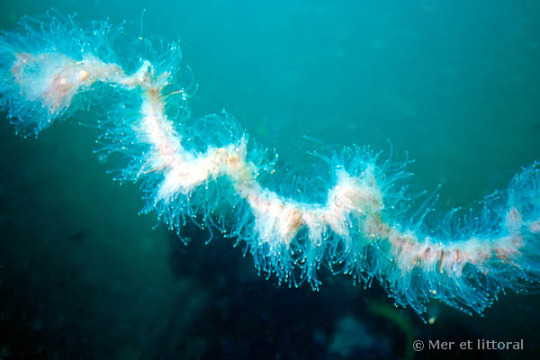
This one's called a "long, stringy, stingy thingy". No really, look it up (image: Apolemia uvaria)
The most famous siphonophore and the first one described is Physalia physalis, the Portugese man-o-war or bluebottle. It is a neuston, an organism that lives at the boundary between water and air. Its most notable feature is the enlarged float filled with carbon monoxide that keeps it floating at the surface of the water. The float functions as a sail, letting it travel thousands of miles. Stinging tentacles trail below it to collect prey. The sting of a bluebottle is very painful to humans and can even be lethal in rare circumstances. Many a beach trip has been ruined by a man-o-war sting. Its morphology and development is different enough from other siphonophores that I may dedicate a whole post to it in the future.

(image: a Portugese man-o-war)
#wet beast wednesday#marine biology#biology#zoology#ecology#animals#invertebrate#cnidarians#siphonophore#animal facts
437 notes
·
View notes
Text

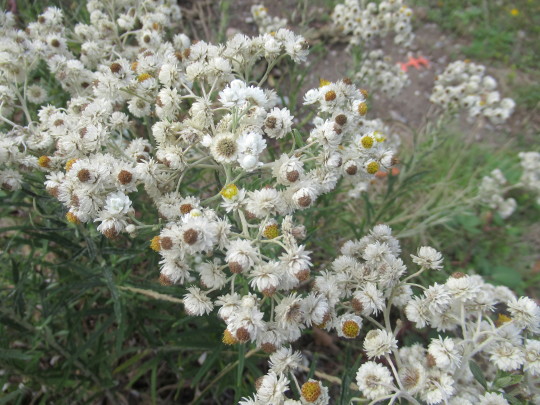
Anaphalis margaritacea (Western pearly everlasting)
There are over 100 species of Anaphalis but only Anaphalis margaritacea is native to North America. It is widespread across most of Canada, the United States and Northwestern Mexico. This species also has native, wild populations throughout Europe and the the Far East. This healthy specimen was found growing on an empty building site. Just what this plant loves: full sun and poor soil.
Western pearly everlasting is dioecious, meaning that the pollen-producing (male) and seed-producing (female) flowers are borne on separate plants. The flowers are either entirely staminate (producing pollen) or functionally pistillate (mostly producing just seed, but with a few staminate flowers present). Thus the female flowers have a brilliant 'back-up plan' which ensures that, even if there are no male plants in the vicinity, there is still a way to produce the next generation of Western pearly everlasting.
#flowers#photographers on tumblr#pearly everlasting#native plants#dried flower arrangements#fleurs#flores#fiori#blumen#bloemen#Vancouver
104 notes
·
View notes
Text

Flask-Shaped Pitcher Plant (Nepenthes ampullaria)
Family: Typical Pitcher Plant Family (Nepenthaceae)
IUCN Conservation Status: Least Concern
Most species of pitcher plants are carnivorous, using jug-like, fluid-filled traps that protrude from their leaves to capture small animals and digest their bodies, absorbing the nutrients released (particularly nitrogen, which is needed to produce chlorophyll and which is scarce in the soil around them due to intense competition with other plants) across the trap's inner walls. The Flask-Shaped Pitcher Plant, however, is unusual among its relatives in that it is seemingly essentially a herbivorous plant - found in damp, dense forests, it grows as a woody vine that creeps along the ground or through the lower branches of larger plants and uses its unusually short, wide pitchers to catch leaves that fall down from the trees above it, digesting them to make use of the nitrogen and other nutrients they contain. Widely distributed across much of Brunai, Indonesia, New Guinea, Malaysia, Thailand and Singapore and reportedly quite common in damp, humid environments throughout their range, members of this species are dioecious (meaning that each individual plant is either "male", producing pollen-producing flowers, or "female", producing pollen-receiving flowers that develop into seeds once pollinated,) and produce dense clusters of small, petal-less flowers relatively high in their "branches", typically far from their traps to avoid accidentally trapping pollinators. Once pollination has occurred, "female" flowers produce numerous tiny, lightweight, hair-like seeds which are carried away from their "mother" on the wind.
----------------------------------------
Image Source: Here
#Flask-shaped pitcher plant#pitcher plant#pitcher plants#nepenthes#carnivorous plant#carnivorous plants#botany#biology#wildlife#plant#plants#Asian wildlife#Nepenthes
96 notes
·
View notes
Text
i have a lot of unusual, rare plants that only really people interested in native plants would really have. one of them is a single dioecious bush and currently fruiting. im desperate to know where the male is. who has him
142 notes
·
View notes
Text
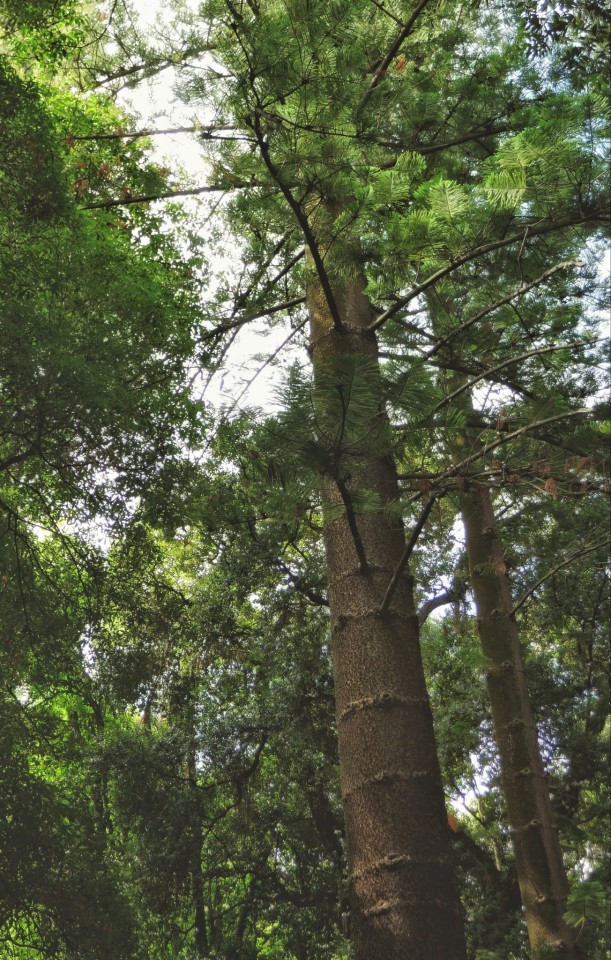

Araucárias, Araucariaceae
The Araucárias belong to an ancient family that reached its greatest diversity between the Jurassic and the Cretaceous periods. Many species are already extinct. Araucarias are very large trees that can reach up to 80 m in height and have trunks that measure up to 2 m in diameter. They can either be monoecious (male and female cones in the same tree) or dioecious (male and female cones in different trees). The name of the genus, Araucaria, derives from the Arauco region, where Mapuche indigenous inhabitants from Chile and southwest Argentina use its seeds as food.
Jardim Botânico de Lisboa V
#araucaria#i just think they're neat#dinosaur tree#prehistoric tree#prehistoric flora#flora#trees#plants#plantblr#botany#botanical garden#botanical#nature#amazing nature#original photography#photographers on tumblr#lisboa#jardim
49 notes
·
View notes
Text
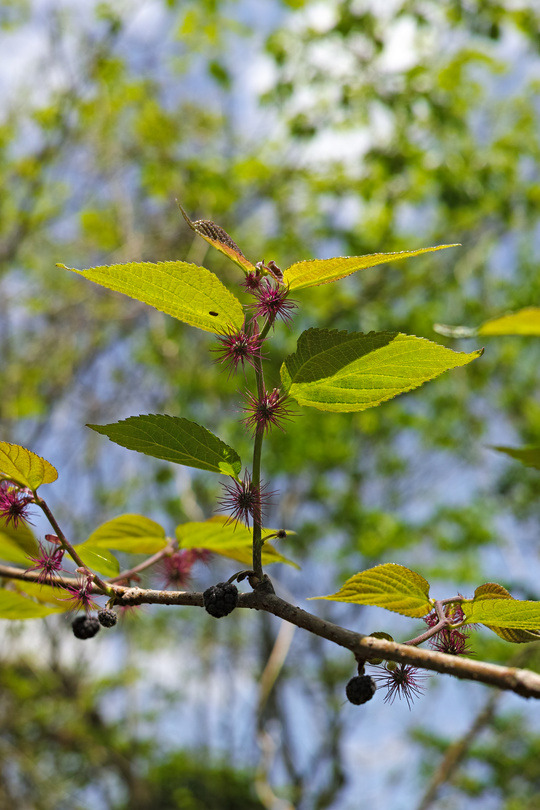
姫楮[Himekōzo]
Broussonetia monoica
姫[Hime] : Princess; small and adorable
楮[Kōzo] : Paper mulberry(Broussonetia × kazinoki)
It grows in wastelands and at the edge of thickets. Himekōzo had been used as a raw material for 和紙[Washi](Japanese paper), but Kōzo is now mainly used because this, a hybrid of Himekōzo and 梶木[Kajinoki](Broussonetia papyrifera), is more suitable.
Kōzo is dioecious and Himekōzo is monoecious. In the photo, the larger black spheres are buds of the male flowers and the smaller ones with long, red-violet hairs are the female flowers. The berries, which resemble mulberry and grow from June to July, have sweetness, but the mouthfeel is not good and they are not tasty.
By the way, today, May 5, is こどもの日[Kodomo no hi](Children's Day) and also 立夏[Rikka](The first day of summer).
https://en.wikipedia.org/wiki/Children's_Day_(Japan)
15 notes
·
View notes
Link
0 notes
Note
Follow up to your last ask! I live in WestWA and want to grow some edible native plants, specifically Pacific Huckleberry. Do you know anyplace that sells seeds or sproutlings?
Evergreen huckleberry is Vaccinium ovatum and Go Natives in Shoreline usually has them. You can also get Vaccinium parviflorum which is red huckleberry there. Red huckleberry is a little more picky, it needs a rich forest under story, but evergreen huckleberry is hardier to a wider range of conditions.
You might also consider Rubus spectabilis (salmonberry), Rubus parviflorus (thimbleberry), Rubus ursinus (trailing blackberry), Gaultheria shallon (salal), and Fragaria vesca (Woodland strawberry)
Rubus ursinus is dioecious: which means each plant has a distinct "sex" rather than having both reproductive parts all on the same plant. This means you'll need a male and a female plant in order to get berries. Osoberry (Oemleria cerasiformis) is the same way, and also edible if you can get to the fruit before the animals do.
Go natives will likely have all of these, if you tell them Basil sent you I'm sure they'll be pleased hahaha
You can also order a number of plants from the Snohomish County Conservation District until Feb 9th, but you will need to come pick them up in March at the Puyallup fairground. They do sell out of things as people order so the sooner you order the better!
21 notes
·
View notes
